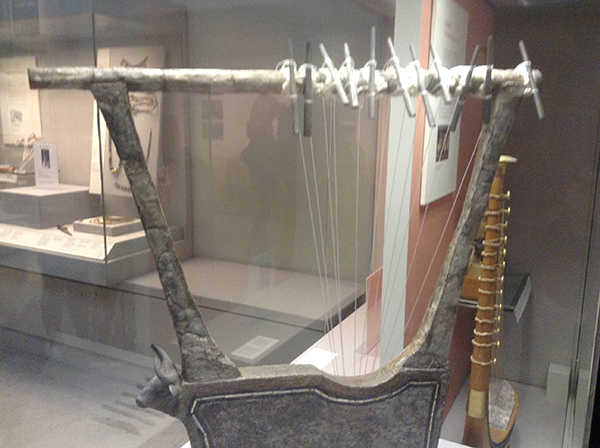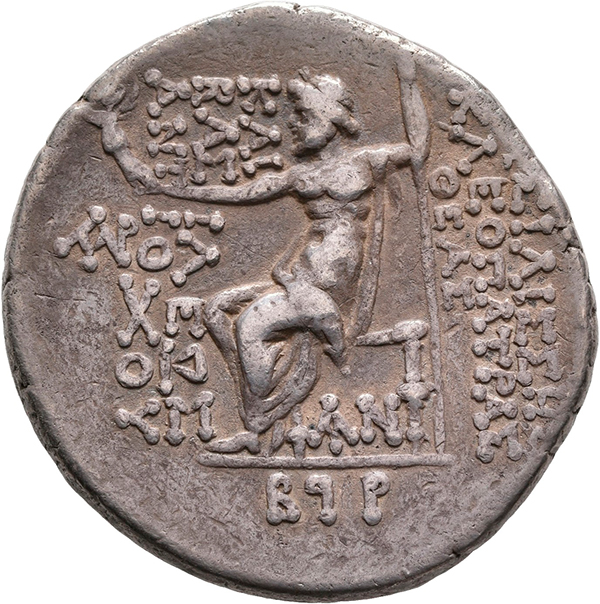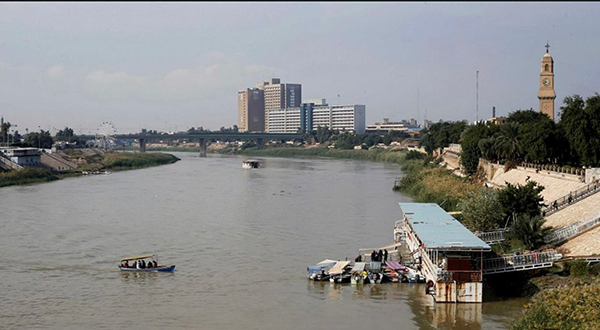By Youssef Kanjou
In 2016, I was able to visit Idrimi, the King of Aleppo in his last exile in the British Museum to know him better and read his famous story. He himself wrote it on his statue and it begins with his family which ruled the city of Aleppo around 1500 BC. His father had a conflict due to a revolt in the city. Therefore, Idrimi and his six brothers had to flee to the city of Emar on the Euphrates east of Aleppo. This city was ruled by his uncles. But Idrimi was not treated as a ruler in Emar and he was not allowed to be as politically or militarily active as he wanted.
He therefore decided to apply for political asylum with a group of his followers and other Aleppo refugees in another city in the south of the country of Canaan, as it is written on the right arm of the statue. In this city, he was recognized as a leader. From here, he planned to return to his city of Aleppo.
King Idrimi made sacrifices to the gods. He released pigeons in the sky and watched their flight direction as a kind of prediction of the future. He also sacrificed sheep, took their livers and looked at their shapes to imagine what the gods would say about the idea of returning to Aleppo. This ritual was for six years, and he always read from the oracles that Teschup, the storm god and at the same time the main deity of Aleppo, did not give him permission to return. However, in the seventh year he received a positive answer from the gods and their support.
Idrimi formed a military group from the refugees to return to power. He sailed along the Syrian coast and occupied the city of Alalakh northwest of Aleppo, which was considered an important city at that time but belonged to Aleppo. Idrimi became their king for 30 years, annexed Aleppo and began to fight the Hittite Empire, which was trying to expand. He also occupied several cities in southern Turkey and built great temples and palaces.
In the big temple, he erected a statue of himself and had his autobiography written in cuneiform on the front of the statue. It extends in 104 lines from the head to the feet of the statue. It is the first time in the history of the ancient Orient that a king has written his political autobiography in a completely different way than usual. The kings of that time only recorded their war victories on their statues.
At the bottom of the statue, there is an interesting inscription: “Anyone who tries to destroy the statue or erase the cuneiform writing will be cursed by me and the gods.” Even more unusual is an inscription on the king’s face. There, like in a speech of a modern comic strip, from ear to mouth, is a kind of blessing: “Whoever reads the text on the statue and experiences the life of Idrimi will receive a blessing from me and be blessed forever.”
Actually, Idrimi had to go into exile twice from his homeland: the first time when he was driven from Aleppo to Emar. The second time was when his statue came from his temple in Alalakh to the British Museum in London in 1939, after it was discovered by a British excavation. No one knows when the statue of King Idrimi will return to his homeland.
The fate of the king is very similar to that of most Syrian Refugees today: they cannot return home at the moment and nobody knows exactly when they can return, not even they themselves.
Idrimi’s statue on YouTube:
https:// www.youtube.com/watch?v=SQtwqSahQxM
tun063012
Foto: tünews INTERNATIONAL; Mohamad Maqdad, 26.07.2020



